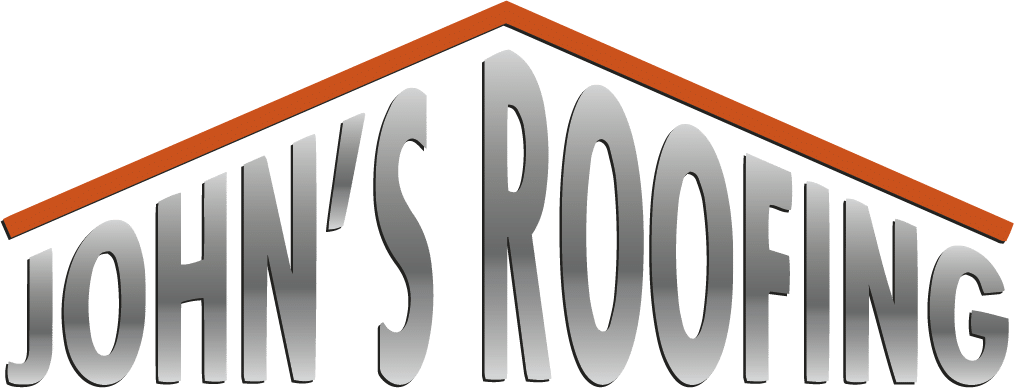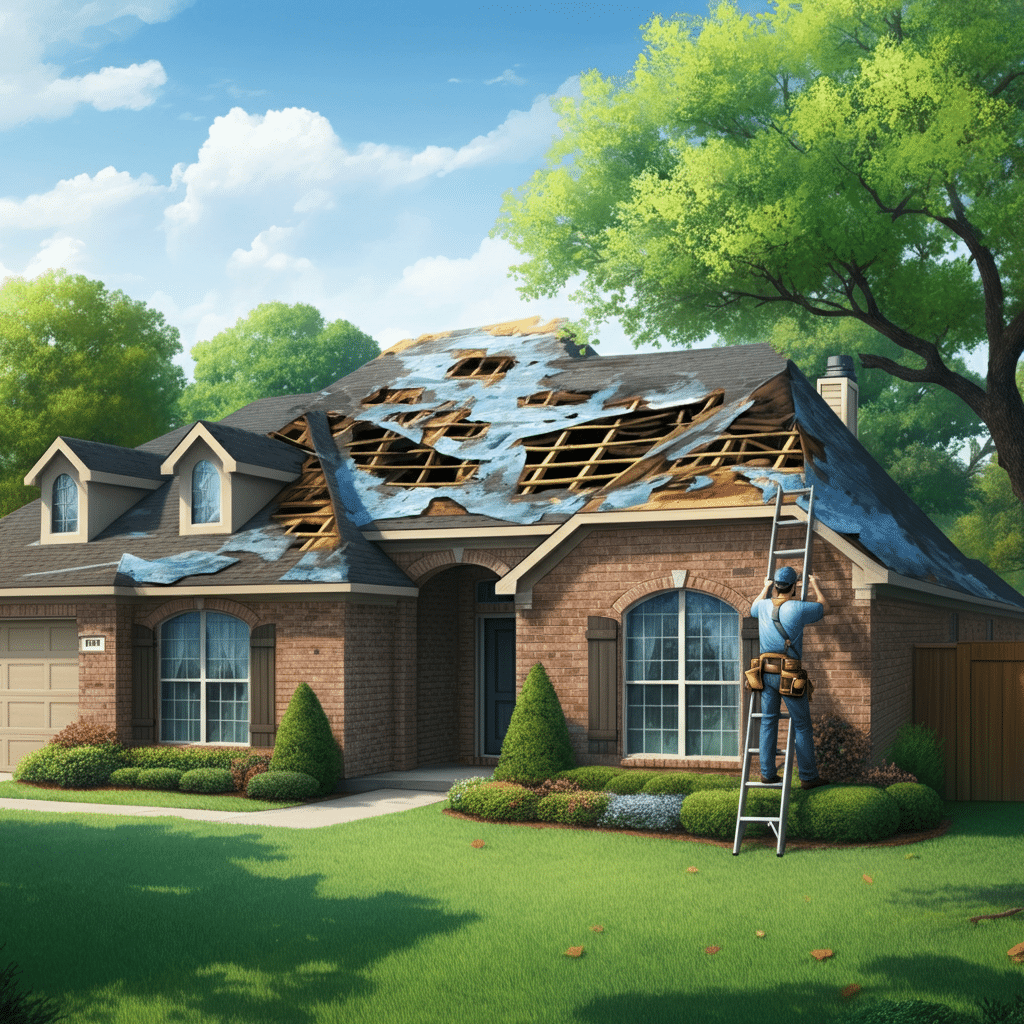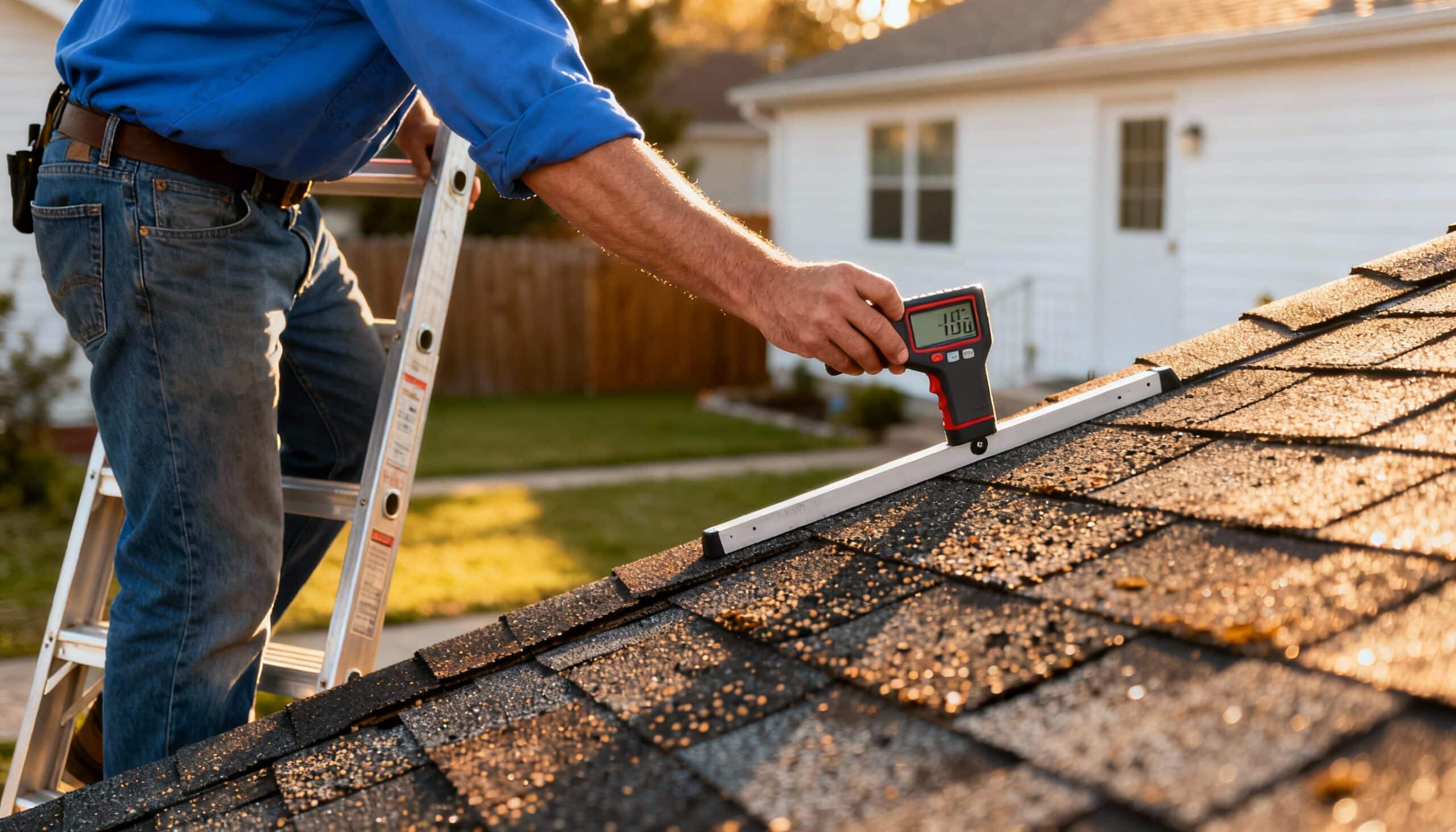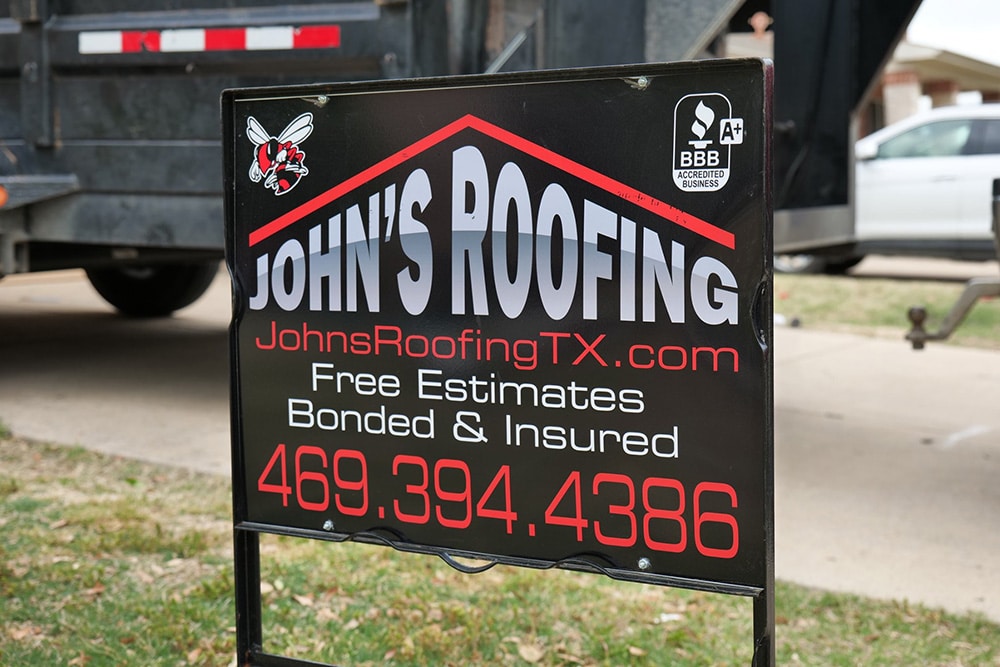Your home’s roof does more than just keep the rain out. It protects your family, your belongings, and the structural integrity of your house from the intense Texas sun, surprise hailstorms, and strong winds. But like any part of your home, it has a lifespan. Catching the signs of a failing roof early can save you from costly water damage, mold growth, and major structural issues down the line. The challenge for many Dallas homeowners is knowing when a simple repair will suffice and when it’s time for a full roof replacement. This guide will help you spot the difference.
We’ll walk you through the ten most common warning signs that your roof is nearing the end of its life. Understanding these indicators will empower you to make an informed decision and protect your most valuable asset.
1. Your Roof’s Age
The single most reliable indicator of a roof’s condition is its age. Most roofing materials are not designed to last forever, especially under the harsh Dallas climate.
- Asphalt Shingles: The most common roofing material in North Texas, standard asphalt shingles typically last 15-20 years. Architectural or dimensional shingles can last longer, around 25-30 years. If your roof is approaching this age range, it’s time to start planning for a replacement, even if there are no obvious signs of failure.
- Wood Shingles: A wood shingle roof can last about 20-25 years, but it requires regular maintenance to reach that lifespan.
- Metal Roofs: While more expensive upfront, metal roofs are known for their durability, often lasting 50 years or more.
If you don’t know the age of your roof, check your home inspection report from when you bought the house. If that’s not available, a professional roofer can provide a solid estimate based on its condition.
2. Frequent and Recurring Leaks
A single, isolated leak might be fixable with a simple patch. However, if you find yourself calling a roofer every time a storm rolls through, you have a bigger problem. Widespread or recurring leaks in multiple spots are a strong signal that the underlying structure and materials are failing.
Constant patching is like putting a band-aid on a major wound. It’s a short-term fix that doesn’t address the root cause, which is often systemic material failure. These persistent leaks can lead to rotted roof decking, damaged insulation, and dangerous mold growth inside your attic and walls.
3. Curled, Cracked, or Missing Shingles
Take a look at your roof from the ground. Do you see shingles that are curling at the edges, cracked down the middle, or completely missing?
- Curling Shingles: This can happen in two ways: cupping (edges turn upward) or clawing (edges stay flat and the middle comes up). Both are signs of weathering and indicate that the shingles are past their prime and losing their ability to keep water out.
- Cracked Shingles: Wind and hail are common culprits for cracked shingles in the DFW area. While a few can be replaced, widespread cracking suggests the shingles have become brittle and are no longer effective.
- Missing Shingles: Strong winds can easily rip aging or improperly installed shingles right off your roof, leaving your home exposed to the elements. If you’re finding shingles in your yard after every storm, your roof is in a vulnerable state.
4. Granules in the Gutters
When you clean your gutters, do you notice a large accumulation of coarse, black sand-like material? These are asphalt granules. Shingles are coated with these granules to protect them from the sun’s damaging UV rays.
As a roof ages, it naturally sheds some granules. However, finding excessive amounts in your gutters or downspouts is a red flag. It means your shingles are losing their protective layer, becoming brittle, and accelerating their deterioration. A roof without its granular coating is highly susceptible to heat damage and cracking.
5. A Sagging Roof Deck
This is one of the most serious and urgent signs of roof failure. A sagging roof is a clear indication of a structural problem. From the ground, look for a “swayback” or droopy appearance along the roofline. You can also check from inside your attic, looking for any rafters or decking that appear to be bending or breaking.
A sagging roof is often caused by water damage that has rotted the decking. It could also be due to an improperly installed roof or foundation issues. This is not a problem you can ignore. A sagging roof is a safety hazard and requires immediate attention from a professional contractor.
6. Daylight Through the Roof Boards
On a sunny day, carefully go into your attic without turning on the lights. Look up at the underside of the roof deck. Do you see any slivers of daylight coming through? While tiny pinholes might not be an emergency, larger cracks or holes are a direct path for water to enter your home.
This sign, combined with water stains on the wood, confirms that your roof’s defenses have been breached. Any visible light means rain, humidity, and pests have an easy way in.
7. Moss, Algae, or Mold Growth
In the humid Texas climate, it’s not uncommon to see dark streaks or patches of growth on roofs.
- Algae (Dark Streaks): The black streaks you often see are typically caused by algae. While mostly a cosmetic issue, they can hold moisture against the shingles, shortening their lifespan over time.
- Moss: Green, fuzzy moss growth is more serious. Moss traps significant amounts of water and can lift shingles, allowing moisture to seep underneath and rot the wood decking. If you see moss covering large areas of your roof, it’s a sign of trapped moisture and potential decay.
8. Damaged or Missing Flashing
Flashing is the thin metal material installed around vents, chimneys, skylights, and in roof valleys. Its job is to direct water away from these critical areas where the roof is penetrated. If this flashing is cracked, bent, or rusted, it can no longer do its job effectively.
Faulty flashing is one of the most common sources of roof leaks. While you can sometimes repair or replace the flashing itself, widespread failure often occurs on older roofs where the rest of the system is also deteriorating.
9. Increased Energy Bills
Have you noticed your air conditioning working overtime and your energy bills climbing without explanation? A failing roof could be the culprit. As your roof’s insulation and ventilation systems degrade, hot air from the attic can seep into your living spaces.
This forces your HVAC system to run longer and harder to maintain a comfortable temperature, leading to higher utility costs. A new roof, installed with modern, energy-efficient materials and proper ventilation, can significantly improve your home’s insulation and lower your cooling expenses.
10. Neighbors Are Getting New Roofs
Look around your neighborhood. If your home was built around the same time as others on your street and you see multiple neighbors getting roof replacements, it’s a good clue that your own roof may be approaching the end of its lifespan. Homes in the same development often face similar weather conditions and were built with materials of the same age and quality.
Don’t Wait for a Disaster
Ignoring these signs can turn a manageable project into a costly emergency. Water damage from a failed roof can destroy ceilings, walls, and personal belongings. If you’ve noticed one or more of these signs, the best next step is to get a professional opinion.
A qualified Dallas roofing contractor can perform a thorough inspection to assess the condition of your roof, identify hidden damage, and provide an honest recommendation on whether repairs are sufficient or a full replacement is necessary. Protect your investment and your peace of mind by addressing roofing issues before they escalate.
Ready for a professional roof inspection? Contact a trusted local roofing expert today to schedule a free, no-obligation assessment.














